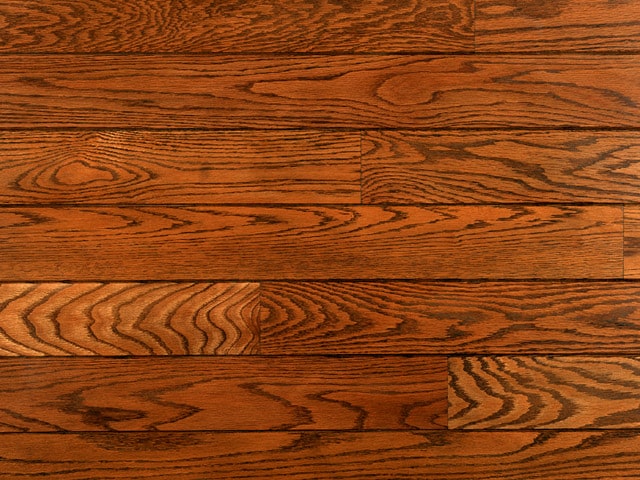Paints and finishes for wood
From painting to varnishing, there are different ways to protect, change the look, and preserve your timber surfaces and furniture. Here's a rundown of paints and finishes that you can use to colour and protect wood.

From painting to varnishing, there are different ways to protect, change the look, and preserve your timber surfaces and furniture. Here’s a rundown of paints and finishes that you can use to colour and protect wood.
Stain
Technically, staining isn’t a finish because it can’t protect the wood on its own. You’d have to coat the surface with a clear varnish or another type of finish after staining it. Compared to paint, wood stains appear more natural because they don’t conceal the grain. If you want to change the colour of the wood or enhance its natural appearance, staining it is a good option. Wood stains can be oil-based, alcohol-based, water-based, or turpentine-based. Each one has different characteristics in terms of penetrating power and application.
Penetrating oil
Tung oil and linseed oil are the most common types of penetrating oil used as a wood finish. They’re very easy to apply with rags, and you don’t have to sand the wood in between coats. Since these oils penetrate the wood, they also offer a good amount of protection against water damage or scratches. Penetrating oils usually add a warm glow to the wood, but they can also be used with a stain if you want to really change the colour of the wood.
Varnish
Probably the toughest surface finish in terms of protection against heat, water and solvents are varnishes. However, they are quite difficult to apply, and proper skill is required in order to achieve a nice, even coating. If applied incorrectly, the varnish might drip, run or bubble on the surface of the wood. However, if the varnishing is done really well, it gives the wood a durable matte to high-gloss finish, depending on the product used.
Shellac and French polish
Shellac is another surface finish. Although it doesn’t offer much protection against water and can be removed by alcohol, it’s much easier to apply compared to other varnishes. The shellac resin is secreted by the female lac bug and is often sold as flakes. There are some premixed shellacs, but since their shelf life is only about one year, most still sell shellac in their flake form.
French polish is the lengthy and intricate process of applying several coats of shellac using specific tools and techniques to create a beautiful, high-gloss finish. It can often be found in antique pieces, especially on top-quality wood. French polishing produces really fine results, but since the process is very labour-intensive and the finish is easily damaged by water or alcohol, it’s not that common nowadays.
Paint
If you don’t mind covering up the wood grain, or if you really want to change the look of your wooden furniture, painting it is the way to go. Remember to choose a paint that is suited to the application you need. Exterior paint can be used both indoors and outdoors, but never use interior paint for pieces of wood that will be exposed outdoors.
No matter what finish you want for your wood surfaces and furniture, getting a professional to handle the job is advisable. Experienced painters know how to work with various types of paint, and they can guarantee to give you the exact finish that you want.